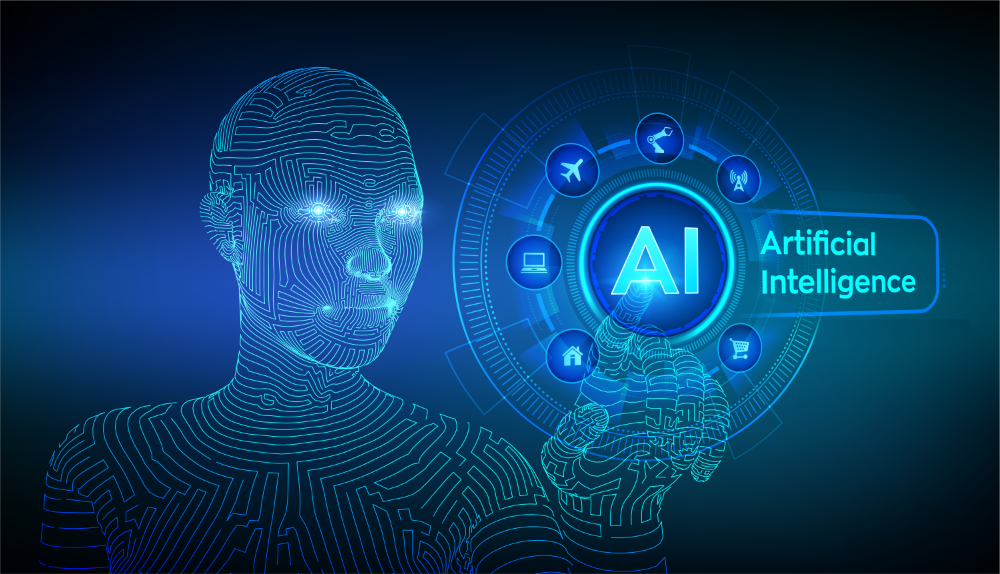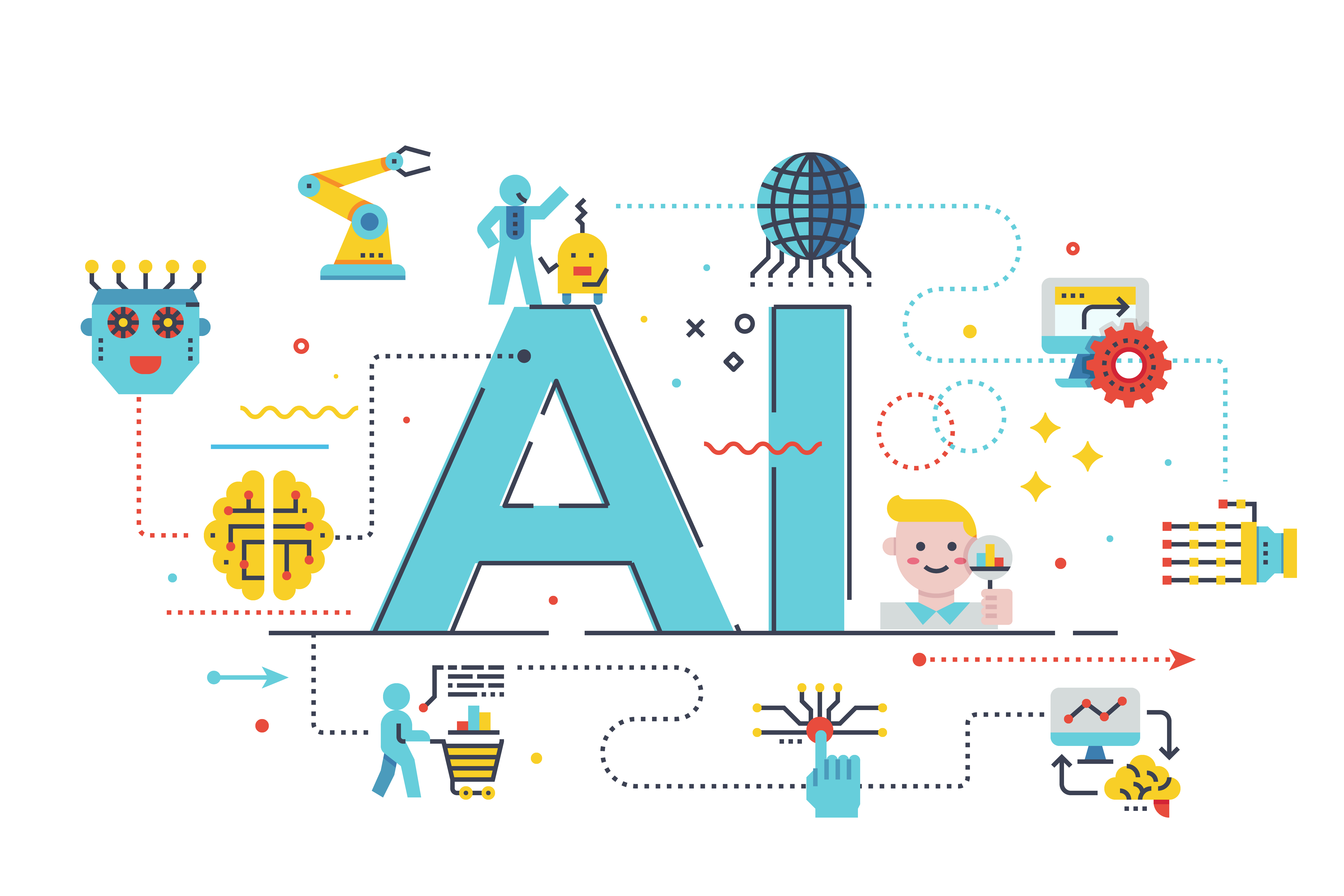Table Of Content

New AI tools can apply generative and iterative power to urban-scale sites, looking beyond individual building requirements. Finch is a parametric planning tool with a wide range of design functions. It can generate floor plans with just a few input constraints, and these floor-plan designs can be automatically adjusted on the fly.
AI designs active pharmaceutical ingredients quickly and easily based on protein structures - Phys.org
AI designs active pharmaceutical ingredients quickly and easily based on protein structures.
Posted: Wed, 24 Apr 2024 15:14:05 GMT [source]
AI UX Design: A New Way Of Designing
On the right, users can pinpoint the exact frame they want to save as a still photo. Diversity and redundancy is something we take for granted in the way we shoot photos; there’s a little voice in the back of our head saying, “You haven’t seen anything like this! ” Or, “You’ve got enough shots of your kid for now, relax.” But our models needed a lot of help. You point a camera at someone and they offer implicit consent by smiling or posing.
ChatGPT for UX Design: 7 of Our Favorite Prompts

This can be a powerful boon to early concept brainstorming, the digital equivalent of a detailed napkin sketch. These images are also useful for reaching the broader public and can be used on marketing and promotional materials to illustrate basic design concepts and contexts. Artificial Intelligence (AI) in architecture is becoming a pervasive, powerful tool—it’s also a technology that finds itself at an awkward, intermediate stage of development. AI can solve simple, practical problems, like how to arrange a floor plan, with unmatched speed and variation. And it can paint broad, creative visions culled from the entire Internet’s worth of imagery with just a brief text prompt. But connecting these two parts of the design process, the fundamental science and art of architecture, has proven elusive.
Photovoltaics, Often Misunderstood as Visual Nuisances, Are Powerful
Starryai transcends the realm of a mere design tool; it evolves into a comprehensive creative companion. Moreover, by automating repetitive design tasks, AI technology can improve efficiency and reduce human error, leading to less wasted time and resources. By analysing vast sets of customer data and identifying patterns, AI can accelerate and optimise the design process, generating products that are more likely to satisfy the end-users needs. In recent years, there has been a significant increase in the use of AI technology in design processes. AI enables designers to automate repetitive tasks and streamline the design process, reducing workflow and improving productivity. With AI, designers can work faster and generate more creative concepts than ever, drastically reducing production time.
That’s why it’s hard to say what the implications of AI will be in the website and app design world just yet. However, gaining a baseline understanding of how AI is currently being used in the industry is a must for all website designers. Artificial Intelligence (AI) today is way more advanced than it was just three years ago. Can AI finally streamline the most tedious aspects of web design and free up designers’ time so that they can focus on the more creative aspects of their jobs? It involves data literacy, understanding AI’s capabilities and limitations, and the ability to steer AI towards achieving outcomes that address real user problems. As the world becomes increasingly AI-driven, we’re learning to navigate these new dynamics.
Enhanced Accessibility

In conclusion, integrating AI technology in design has opened up new possibilities and enabled designers to have much better tools to push the boundaries of their creativity. PAI, AR/VR technology and 3D printing offer unique solutions to streamline processes, cut costs and generate value, but the focus should still be on human input. AI-powered systems should be tools for human artistry and creativity, not replacements. Designers will always be the critical ingredient in the creative process, bringing an emotional connection and human touch to the product. Cove.tool is an automated building performance design app cofounded by building scientist and architect Sandeep Ahuja.
Adobe Firefly
At the same time, owners and developers expect quick answers to arrive at viable and cost-effective solutions. AI in architecture design is based on computer programs that mimic human cognition to solve complex problems and respond dynamically to stimulus. A closely related subfield is machine learning, which refers to an AI system’s ability to recognize patterns and learn from them, independently improving its cognition ability without human intervention.
Designed by UNStudio in collaboration with Werner Sobek, the skyscraper will have the world’s tallest ceramic facade, DeSimone says. All main design markets that ENR tracks increased revenue between 2022 and 2023 except for oil and gas, which fell 6.7% after a slight resurgence last year. The manufacturing market, boosted by federal funding, experienced the largest growth, up 40.9% to $4 billion this year, representing a full sector recovery since it fell 55% between 2019 and 2020. Arup is close to achieving “true digital and physical integration” with the help of digital twins employing AI algorithms, explains Gideon D’Arcangelo, Americas digital services portfolio leader. Beyond AI, Top 500 firms say they are exploring full digital integration at their companies to improve efficiency and reduce labor waste. AO Managing Partner RC Alley says the No. 210- ranked firm has been actively experimenting with ways to integrate artificial intelligence into its practice as it begins to take off in the AEC sector.
Best AI Tool for Generating Design Alternatives
Fronty stands at the intersection of design and development, symbolizing the potential of AI in both domains. This AI graphic design tool simplifies the web design process by turning image designs into code, morphing a simple picture into a functional website with a few clicks. Designs.ai is a complete AI-assisted design toolkit that transforms the perception of what an AI graphic design tool can accomplish. From a standout logo, a persuasive video, to an effective social media advertisement, Designs.ai arms you with every tool you might need.
These credit packs can be conveniently acquired within the app, unlocking premium features, enabling the generation of high-quality images, and offering additional customization options for AI-generated images. The process of purchasing credits is straightforward and user-friendly, accessible directly within the app. Rapid AI advancements are transforming the design industry, enabling designers to explore new creative horizons. AR/VR technology is becoming increasingly popular in the design industry, proving a powerful tool combined with AI. The duo is unlocking new opportunities for designing immersive experiences that harness the full potential of technology. Moreover, AI-powered systems can help designers optimise product performance.
The tool uses machine learning algorithms to understand the user’s preferences and generate unique designs that match their style. Midjourney’s functionality is ideal for content creators who want to create custom visuals and graphics quickly and easily. AI systems use algorithms and computational models to analyze vast datasets, identify patterns, and make decisions. Machine learning, a subset of AI, enables systems to improve performance over time by learning from experience without explicit programming. Deep learning, a specialized subset of machine learning, centers around deep neural networks with multiple layers, which mimics the human brain's complexity.
10 Best AI Graphic Design Tools (April 2024) - Unite.AI
10 Best AI Graphic Design Tools (April .
Posted: Mon, 01 Apr 2024 07:00:00 GMT [source]
As a result, Thompson anticipates a “needed change in the costing of our projects, and I see this as the most critical challenge facing our industry,” he says. Nvidia Canvas showcases the power of AI to morph simple brush strokes into photorealistic images. Using a technique called GAN (Generative Adversarial Network), Nvidia Canvas translates your sketches into stunning landscapes and intricate scenes. For instance, if the system provides forecasts, users could be perplexed about where this information comes from. Simply put, clearly highlighting what AI is and isn’t will make users feel more comfortable with your product. However, with AI-based projects, the AI engine is often not complete when it comes to testing your design solutions.
It is especially useful for enlarging low-resolution images or restoring the quality of old photos. Using neural networks, it can add in details that were not initially present, delivering a high-quality image from even the most pixelated sources. AutoDraw, created by Google, showcases how accessible AI design tools can be. It effortlessly converts your rough sketches into refined illustrations. Its machine learning algorithm predicts what you're attempting to draw and presents a selection of polished sketches to choose from. After conducting UX research, UX designers typically create user journeys and information architectures.
It is still too early to assume that AI will completely replace designers in the market, given the utility of AI and the demands of unique design. It is a device designed to make a variety of complicated tasks easier rather than to totally replace human hands. A Ukrainian start-up developed Let’sEnhance, an AI-powered application that allows designers to enhance and enlarge photographs without distorting them. The undisputed champion in the analysis of user behavior and preferences is artificial intelligence.

No comments:
Post a Comment